

Home > Explore > Temple > Kamakhya Temple
Located at the Nilachal hill of Guwahati, the capital city of the state, Kamakhya temple is one of the most famous Shakti shrines in India. Kamakhya Temple is considered the most sacred and oldest of the 51 shaktipeeths on earth. It also holds a unique significance in tantric practices and is flocked by sadhus, tantrics round the year.
Kamakhya Temple is surrounded by many other temples dedicated to several deities like Bhubaneswari, Kali, Tara, Chinnamasta, Bagala, Bhairavi, Dhoomavati, Matangi and Kamala. All of them together with Kamakhya Temple are collectively known as the Dasamahavidya. Apart from the Shakti temples, the Nilachal Hill also has five Shiva Temples-Kameswar, Siddheswar, Amratokeswar, Aghor and Kautilinga.
The temple is unique in the sense that there is no idol or image of the Goddess. There stands a block of stone in a corner on which the symbol of yoni (female genital) has been sculptured. It is this vulva shaped that is worshipped as the Goddess Kamakhya herself.
Popular folklore associated with the temple is the story of King Daksha and his daughter Sati, her husband, Lord Shiva. Sati had married against her father’s wishes to Lord Shiva upon which he was disappointed. The King therefore, organised a great yajna (sacrificial fire) and invited all the members except his daughter Sati and son in law, Lord Shiva. Though Sati was uninvited, she went ahead and attended the yajna. However, the king, Daksha humiliated her, following which she plunged into the sacrificial fire and breathed her last at the very site. On hearing this, Lord Shiva insane with grief took the form of fierce Rudra. He picked up her charred body and began roaming around Tirubuvan-the three worlds. He broke into tandava nrittya, the dance of destruction, annihilating everything in his own way. Fearing the destruction of the three worlds, Brahma and other Devas then approached Vishnu to restore the balance of the world. Visnu sent out his sudarshan chakra, which cut Sati’s body into pieces. Wherever the pieces of the body fell, it came to be regarded as Shakti peeth. When Sati’s yoni (genital) fell on the Nilachal hill, the mountain turned blue and came to be known as the Nilachal hill or the blue hill.
One of the unique festivals of India, the four day long festival is the most significant celebration of Kamakhya Temple which is the yearly menstrual cycle of Mother Earth, symbolised as Mother Goddess Kamakhya. During Ambubachi Mela, people participate in many kinds of restrictions. The Temple celebrates the feminine reproductive energy and natural forces of fertility.
Devotees from across the country travel to Kamakhya Temple to worship the Mother Goddess for fertility. The devotees sing kirtan all night long, allowing the Divine Mother to relax in her seclusion while sadhus and saints chant outside the shrine.
There is no idol of the presiding deity and Maa-Kamakhya is worshipped in the form of a yoni-shaped rock. The festival is unique in the sense that visitors can witness the tantric rituals as certain sages demonstrate their psychic abilities during this mela.They only make an appearance in public during this Mela and spend the rest of the year in isolation.
After the temples are reopened, prasad is distributed among the devotees and visitors which is in two forms called as Angodak and Angabastra. Angodak which is spring water and Angabastra is a small piece of red cloth that is used to cover the yoni (in the form of a rock) during the days of menstruation and is distributed to each devotee later.
 Days Required to Cover
Days Required to CoverIt requires a day to cover the Kamakhya Temple.
 Things to do
Things to doIf the visitors happen to travel here in Durga Puja, locally known as Pakhuva Puja then they must watch the celebration here. It is celebrated for fifteen days at Kamakhya. The performance of puja is unique because it is celebrated without the image of a deity. Also, visitors can travel here during Ambubachi mela, the most significant festival of Kamakhya Temple.
They can also watch other temples dedicated to ten Mahavidyas: Kali, Tara, Sodashri, Bhuvaneswari, Bhairavi, Chinnamasta, Dhumawati, Bagalamukhi, Matangi and Kamala. The road leading to Bhubaneswari Temple offers a spectacular view of the surrounding landscape.
 Best time to visit
Best time to visitThe best time to visit the temple is in the months of June-July. Ambubachi Mela which is one of the important annual festivals is also held in this time.
 Famous for
Famous forKamakhya temple is considered the most sacred and oldest of the 51 shaktipeeths on earth. It is also famous for its annual Ambubachi festival which celebrates feminine reproductive energy and natural forces of fertility.
 Gallery
Gallery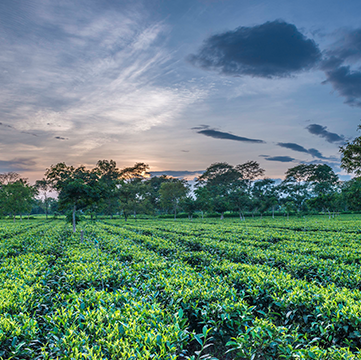
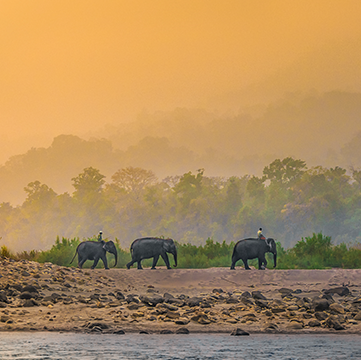
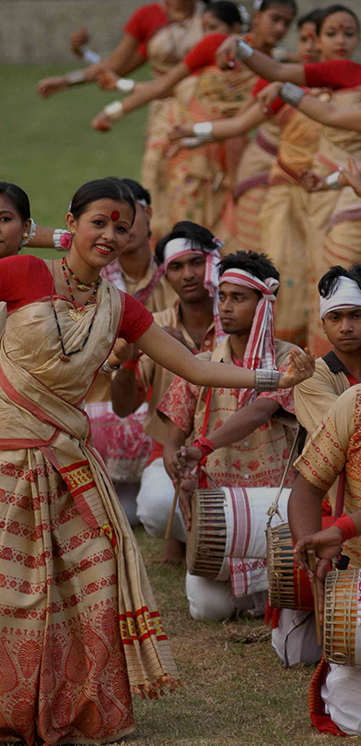
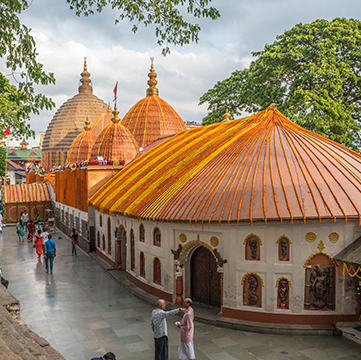


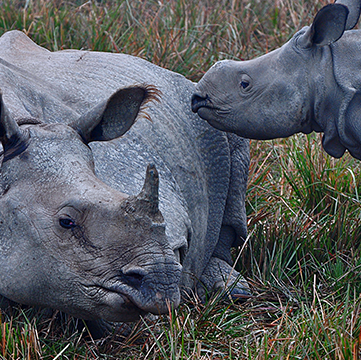
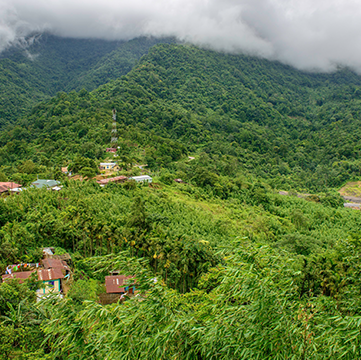
 Accommodation facilities
Accommodation facilitiesThere are wide range of hotels, homestays available in Guwahati city ranging from budget to luxury ones
 How to reach
How to reachNA
 Current weather
Current weatherNA